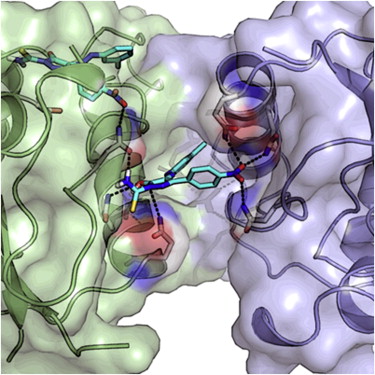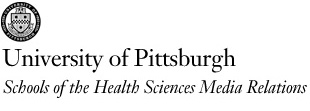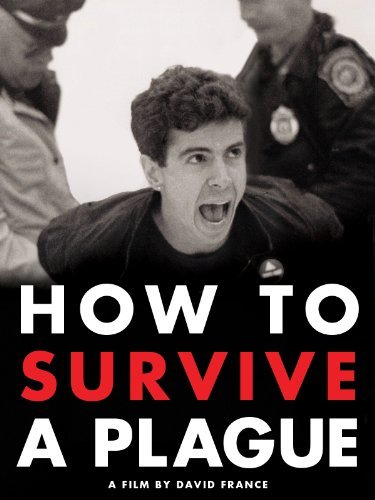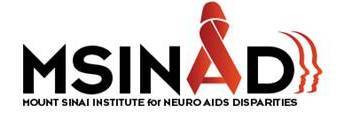A unique industry public-private partnership aimed at streamlining access to HIV medicines through the use of a Common Patient Assistance Program Application developed in partnership with the Department of Health and Human Services (HHS) and 6 industry partners. This form will allow you to apply to multiple HIV manufacturer patient assistance programs through a single application. You can access the common application form here: common application form. All of the information you need to apply for assistance for HIV medicines offered by the 7 participating patient assistance programs is included in this one application. These programs offer assistance to people with private health insurance for the co-payments required to obtain HIV drugs at the pharmacy. Some companies offer co-pay assistance for all of their drugs, including non-HIV drugs.
![]() http://fairpricingcoalition.org/projects/co-pay-programs-for-hiv/.
http://fairpricingcoalition.org/projects/co-pay-programs-for-hiv/.
ABBOTT
Drugs covered: Kaletra, Norvir Contact Information: 800-222-6885, or go to the product websites (e.g. www.kaletra.com) Program Details: The co-pay assistance covers the first $200 per Kaletra prescription per month, and the first $50 per Norvir prescription per month. Currently, a person must reapply for the program each year.
BOEHRINGER INGELHEIM (BI)
Drugs covered: Viramune XR Contact Information: The BI co-pay card is distributed by health care providers, HIV service providers and pharmacies only. Program Details: The co-pay assistance starts at the first dollar paid by the consumer. Specifically, during the first month of the treatment the program covers the first co-pay for the Viramune IR lead-in dose and the second two weeks of Viramune XR. Thereafter, the program covers up to $100 per-month of your Viramune XR co-payment for 12 months in total. The program does not cover Aptivus prescriptions, nor does it cover Viramune IR after the first month. Previously a person needed to reapply for the program each year, however those who plan to or are currently enrolled in the co-pay program are now covered through December, 2013.
BRISTOL-MYERS SQUIBB (BMS)
Drugs covered: Atripla, Reyataz and Sustiva Contact Information: 888-281-8981 for Sustiva and Reyataz or 866-784-3431 for Atripla or go to the product websites (e.g. www.sustiva.com) Program Details: The program covers the first $200 per-month of your co-payment for all BMS HIV products. Currently, a person must reapply for the program each year.
GENENTECH/ROCHE
HIV Drugs covered: None Contact Information: None Program Details: No program, might cover co-pays through their patient assistance program.
GILEAD SCIENCES
Drugs covered: Atripla, Complera, Emtriva, Stribild, Truvada, Viread Contact Information: 877-505-6986 or go to product websites (e.g. www.truvada.com) Program Details: The program covers the first $400 per-month of your co-payment for Atripla, Complera, and Stribild; and the first $200 per month of your co-payment for Emtriva, Truvada and Viread. The program automatically renews annually for enrolled patients.
GLAXOSMITHKLINE See ViiV Healthcare
JANSSEN THERAPEUTICS (formerly Tibotec Therapeutics)
Drugs covered: Edurant, Intelence, Prezista Contact Information: 866-961-7169 or go to product websites (e.g. www.prezista.com). You can also get all of the relevant information or forms including an instant savings card at www.janssentherapeutics.com. Program Details: After paying the first $5 of your co-payment, there is no limit on the amount of the remaining co-pay Janssen will cover. Currently, you must reapply for the program each year.
MERCK & CO
Drugs covered: Isentress Contact Information: 888-204-3713 or www.isentress.com Program Details: The program covers the first $400 per-month of your co-payment for Merck HIV products. Currently, a person must reapply for the program each year.
PFIZER See ViiV Healthcare
ViiV HEALTHCARE (formerly GlaxoSmithKline and Pfizer)
Drugs covered: Combivir, Epivir, Epzicom, Lexiva, Rescriptor, Retrovir, Selzentry, Trizivir, Viracept and Ziagen. Contact Information: Call 1-877-844-8872. Patients can use their current or new card for both Pfizer and GSK drugs, now under one umbrella at ViiV Healthcare. You can get the card from your provider or print out the card online at www.mysupportcard.com. Program Details: The program covers the first $100 per-month of your co-payment on each ViiV prescription. Currently, you must reapply for the program every two years.
ViiV just announced on Jan 28, 2013 they are increasing the maximum out-of-pocket co-pay costs they will cover to $200. They are updating the website mentioned above s its not available right now. In the interim, new cards can be obtained through healthcare providers and pharmacists, or by calling the ViiV Healthcare Customer Response Center at 1-877-844-8872. New cards will need to be activated before they can be used by calling 1-855-208-3317















